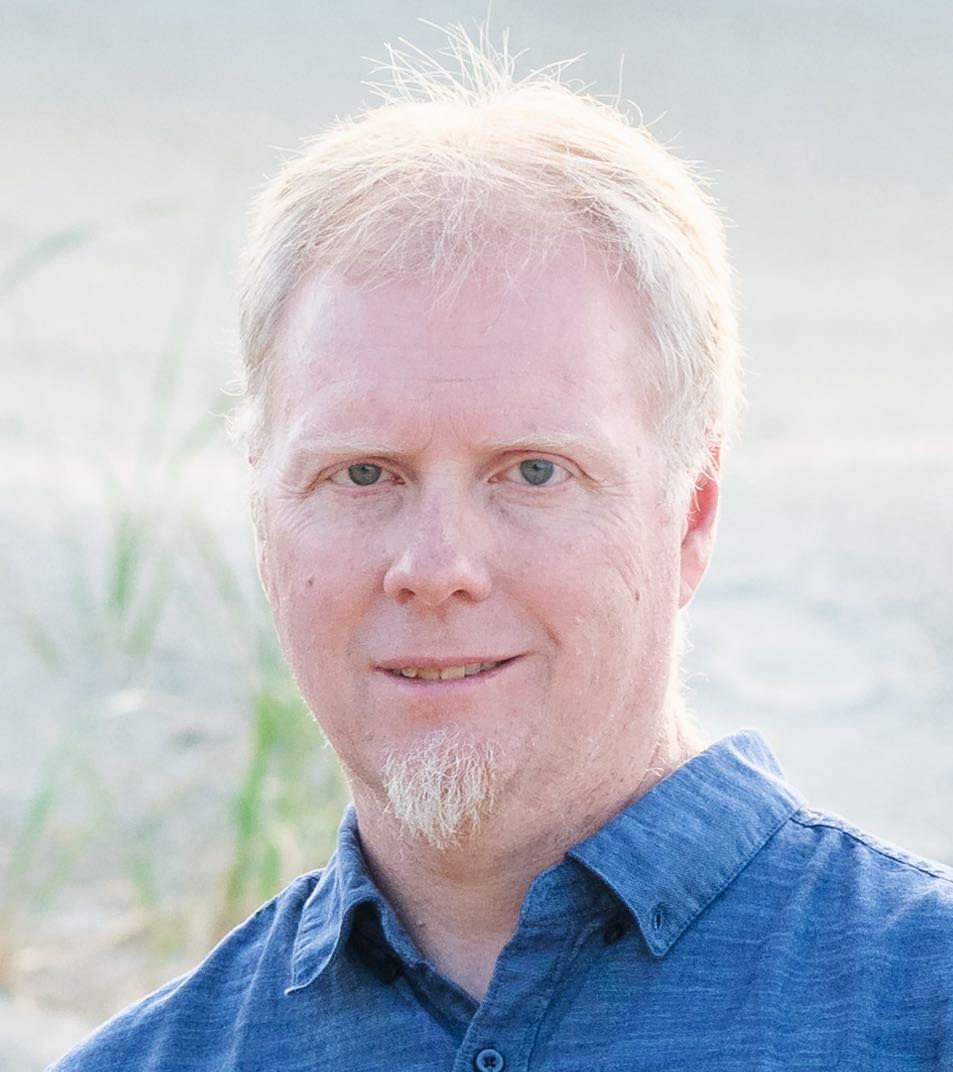 |
Mark Allman, Robert Beverly, Brian Trammell. Principles for Measurability in Protocol Design, ACM SIGCOMM Computer Communication Review, 47(2), April 2017.
PDF | Review | arXiv
Abstract:
Measurement has become fundamental to the operation of networks and
at-scale services---whether for management, security, diagnostics,
optimization, or simply enhancing our collective understanding of
the Internet as a complex system. Further, measurements are useful
across points of view---from end hosts to enterprise networks and
data centers to the wide area Internet. We observe that many
measurements are decoupled from the protocols and applications they
are designed to illuminate. Worse, current measurement practice
often involves the exploitation of side-effects and unintended
features of the network; or, in other words, the artful piling of
hacks atop one another. This state of affairs is a direct result of
the relative paucity of diagnostic and measurement capabilities
built into today's network stack.
Given our modern dependence on ubiquitous measurement, we
propose measurability as an explicit low-level goal of
current protocol design, and argue that measurements should be
available to all network protocols throughout the stack. We
seek to generalize the idea of measurement within
protocols, e.g., the way in which TCP relies on measurement to
drive its end-to-end behavior. Rhetorically, we pose the
question: what if the stack had been built with measurability
and diagnostic support in mind? We start from a set of
principles for explicit measurability, and define primitives
that, were they supported by the stack, would not only provide a
solid foundation for protocol design going forward, but also
reduce the cost and increase the accuracy of measuring the
network.
BibTeX:
@article{ABT17,
author = "Mark Allman and Robert Beverly and Brian Trammell",
title = "{Principles for Measurability in Protocol Design}",
year = 2017,
volume = 47,
number = 2,
month = apr,
}
This paper was chosen for presentation in the "Best of CCR"
session at SIGCOMM 2017. Rob's slides are
available.
|
|
